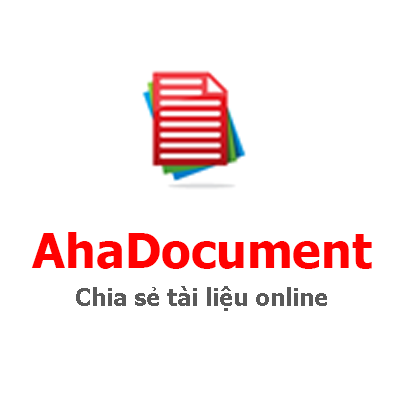Date of Preparation: 10/11 2021
Period 55: Unit 7: TRAFFIC
Lesson 1 - GETTING STARTED
I./. OBJECTIVE: By the end of the lesson, Ss will be able to know some words, phrases related to traffic topic. The usage of “How” to ask about means of transport.
1. Knowledge: a. Vocabulary: - The lexical items related to the topic “traffic”
b. Grammar: It is indicating distance, used to.
2.Qualities:
Skills: Practicing skills
Attitude: - Positive about traffic.
- Students know how to learn English in right way.
- Ss are interested in doing exercises.
3. Competences:
- Co-operation
- Self- study
- Using language to talk about traffic.
II./.PREPARATION:
- book, planning, picture, laptop, projector
III./.PROCEDURE:
1. Class Organization:
Date of Teaching | Class | Attendance | Absence | |
Permission | Non permission | |||
| 7A |
|
|
|
| 7B |
|
|
|
2. Check-up: During the lesson.
3. New lesson:
Teacher and Students' activities | Contents |
|---|---|
ACTIVITY 1: Warm up (5’) | |
Brainstorming Aims: help students have an overview about traffic Contents: Find out some information about traffic Products: Vocabulary about traffic Organization: - T introduces the topic “Traffic” Ask: How/ By what means do you go to school every day? On foot? By bicycle? By bus? On your parents’ motorbike… - What means of transport is faster? What mean is safer? What means do you like most? Why? - What can you see on the way to school every day? - Who are Mai and Oanh? - What may they talk about? + Play the recording. Ss listen and read. |
|
ACTIVITY 2. Getting started (15’) | |
Getting-started: Aims: provide sts neccesary words and structure for understanding and learning the conversation. Contents: - new words from the conversation Products: - New words Organization: * E1-a: Ss work independently or in pairs to choose the correct answer to the questions. T then checks their answers and gives explanation if necessary. |
1. Getting started (15’) a. Choose the correct answer. 1. B 2. A 3. B |
b- Ss work in pairs. T lets them check the answers in pairs or groups, then gives the keys. If there’s time, call some pairs to read the questions and give answers. | b. Answer the following questions. 1. She played with her brother/ stayed at home. 2. It’s about 2 kilometers. 3. She usually goes to school with her dad. 4. Because sometimes there are traffic jams 5. She goes to school by bike. |
C- Colloquial expressions. Tell Ss to refer back to the conversation to find the phrases. Ss practice saying them together (T plays the recording again if necessary). Explain the meaning to the Ss, then give some examples. | c. Can you find the following in the conversation? Do you know what they mean? 1. to have someone’s attention. 2. when you strongly support or agree with something. 3. very excited and keen to do something. |
d. Ask Ss to role-player the short conversations in pairs before creating their short role-plays. More able Ss can try to extend the conversation. | d. Work in pairs. Make short role-plays with the expressions above. Then practice them. Example: - How about cycling to school with me tomorrow? - Great idea! |


.png)
